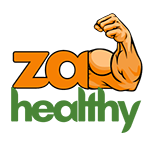Have you ever experienced a nagging pain in your lower back, just below your ribs, that intensifies with certain movements? You might be dealing with a tight quadratus lumborum (QL) muscle. This deep muscle, often called the “hidden gem” of the back, plays a crucial role in stabilizing your spine and core, but it can become overused and tight, leading to discomfort and limited mobility.
This blog dives into the world of the QL muscle stretch , exploring its functions, common signs of tightness, and, most importantly, effective stretches to relieve tension and improve your overall well-being.
The Unseen Hero: Understanding the Quadratus Lumborum
The QL muscle, located on either side of your lower spine, acts like a bridge connecting your ribs to your hip bones. It’s responsible for various essential functions, including:
- Spinal stabilization: The QL works with other core muscles to maintain proper spinal posture and alignment, preventing excessive bending or twisting.
- Lateral flexion: This muscle allows you to bend your torso sideways, which is crucial for everyday activities like reaching and turning.
- Support for breathing: The QL assists with diaphragm movement, aiding in proper breathing mechanics.
When the QL Gets Tight: Recognizing the Signs
A tight QL muscle can manifest in various ways, impacting your daily life. Here are some common signs to watch out for:
- Lower back pain: This is the most frequent symptom, often described as a dull ache or tightness on one or both sides of the lower back, just below the ribs.
- Hip pain: Tightness in the QL can sometimes radiate pain to the hip area, making activities like standing or walking uncomfortable.
- Limited flexibility: Difficulty bending sideways, reaching overhead, or twisting your torso might indicate a restricted QL muscle.
- Postural imbalances: Chronic QL tightness can contribute to poor posture, leading to rounded shoulders, an arched lower back, and, potentially, neck pain.
Conquering the Effective QL Muscle Stretch for Relief
If you suspect a tight QL muscle, incorporating targeted stretches into your routine can significantly improve your flexibility and alleviate discomfort. Here are some effective stretches you can try:
1. Kneeling QL muscle stretch :

- Start by kneeling on the floor with one knee forward and the other leg extended behind you, keeping your foot flat on the floor.
- Place your hand on the floor behind your extended leg and your other hand on your front hip.
- Gently twist your torso towards the extended leg, looking up towards the ceiling.
- Hold for 30 seconds, feeling the stretch in your lower back on the opposite side of the extended leg.
- Repeat on the other side.
2. Supine QL muscle stretch :
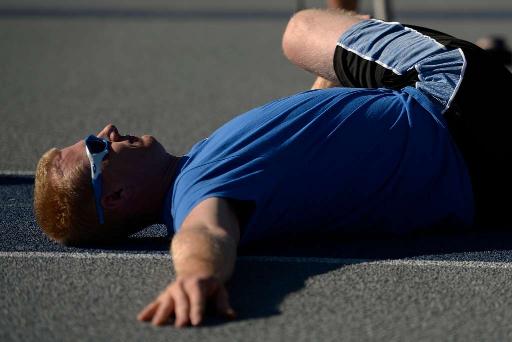
- Lie flat on your back with both knees bent and feet flat on the floor.
- Gently hug one knee to your chest, keeping the other leg straight.
- Slowly turn your head to look in the opposite direction of the hugged knee.
- Hold for 30 seconds, feeling the stretch along your side and lower back.
- Repeat on the other side.
3. Child’s Pose with Twist:
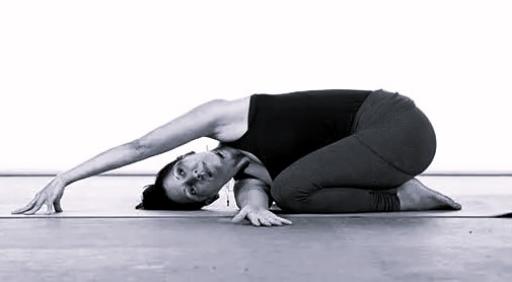
- Start on your hands and knees, keeping your hips stacked above your knees and your hands shoulder-width apart.
- Sit back onto your heels, resting your forehead on the floor and extending your arms forward.
- Gently walk your hands to one side, feeling a mild stretch in your lower back and buttocks.
- Hold for 30 seconds and repeat on the other side.
4. Seated QL muscle stretch with Towel:
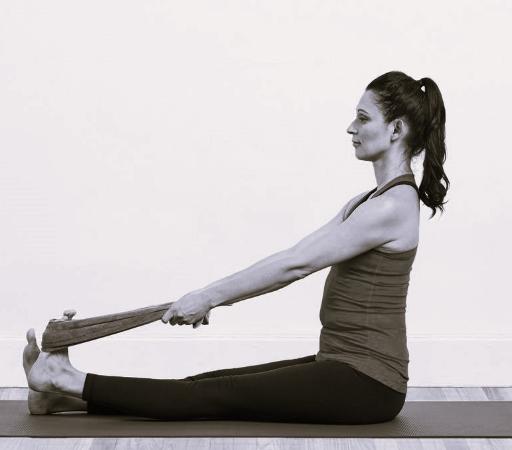
- Sit on the floor with your legs extended in front of you.
- Loop a towel around one foot and gently pull it towards you, keeping your leg straight.
- Lean forward slightly, feeling the stretch in your lower back and hip on the opposite side of the pulled leg.
- Hold for 30 seconds and repeat on the other side.
5. Foam Rolling QL:
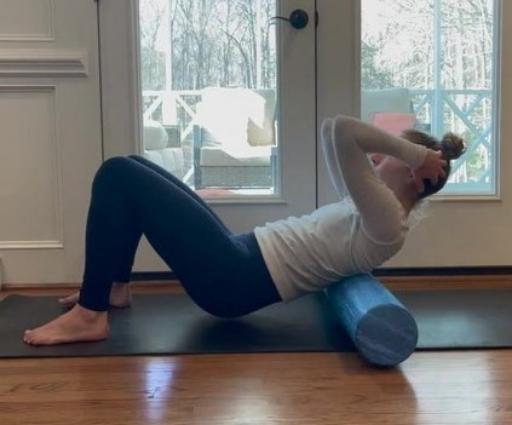
- Lie on your side with a foam roller placed under your side just below your ribs.
- Prop yourself up with your forearm on the floor and your other hand on top of your thigh for stability.
- Slowly roll back and forth over the foam roller, applying gentle pressure and focusing on the tight areas.
- Avoid rolling directly on your spine or bony areas.
Remember: Consistency is Key!
While these stretches offer relief for a tight QL muscle, remember that consistency is key. Aim to incorporate these stretches into your daily routine, holding each stretch for 30 seconds and repeating 2-3 times per side. Listen to your body and avoid any movements that cause pain.
Seeking Professional Help
If your QL pain persists despite self-care measures, it’s crucial to seek guidance from a qualified healthcare professional. They can assess your specific situation, provide personalized recommendations.
